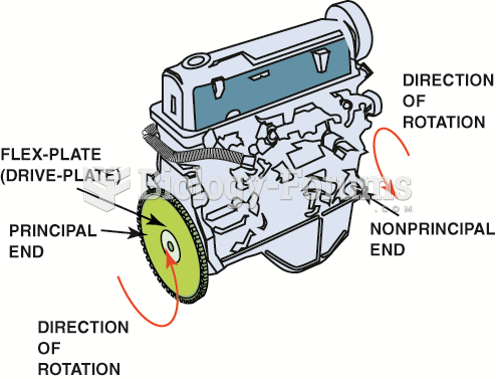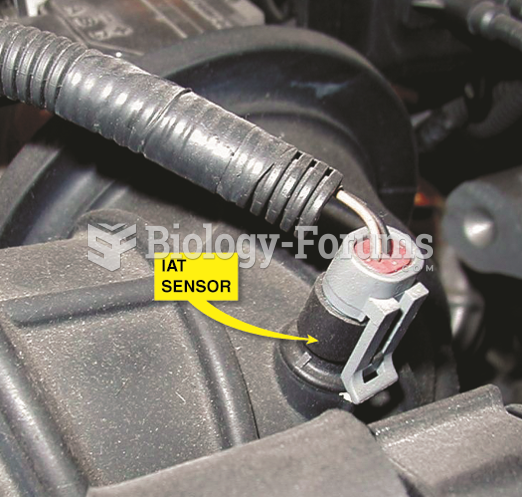|
|
|
About one in five American adults and teenagers have had a genital herpes infection—and most of them don't know it. People with genital herpes have at least twice the risk of becoming infected with HIV if exposed to it than those people who do not have genital herpes.
According to the FDA, adverse drug events harmed or killed approximately 1,200,000 people in the United States in the year 2015.
Not getting enough sleep can greatly weaken the immune system. Lack of sleep makes you more likely to catch a cold, or more difficult to fight off an infection.
The Centers for Disease Control and Prevention (CDC) was originally known as the Communicable Disease Center, which was formed to fight malaria. It was originally headquartered in Atlanta, Georgia, since the Southern states faced the worst threat from malaria.
Critical care patients are twice as likely to receive the wrong medication. Of these errors, 20% are life-threatening, and 42% require additional life-sustaining treatments.
 Inline four-cylinder engine showing principal and nonprincipal ends. Normal direction of rotation is ...
Inline four-cylinder engine showing principal and nonprincipal ends. Normal direction of rotation is ...
 The IAT sensor on this General Motors 3800 V-6 engine is in the air passage duct between the air ...
The IAT sensor on this General Motors 3800 V-6 engine is in the air passage duct between the air ...





